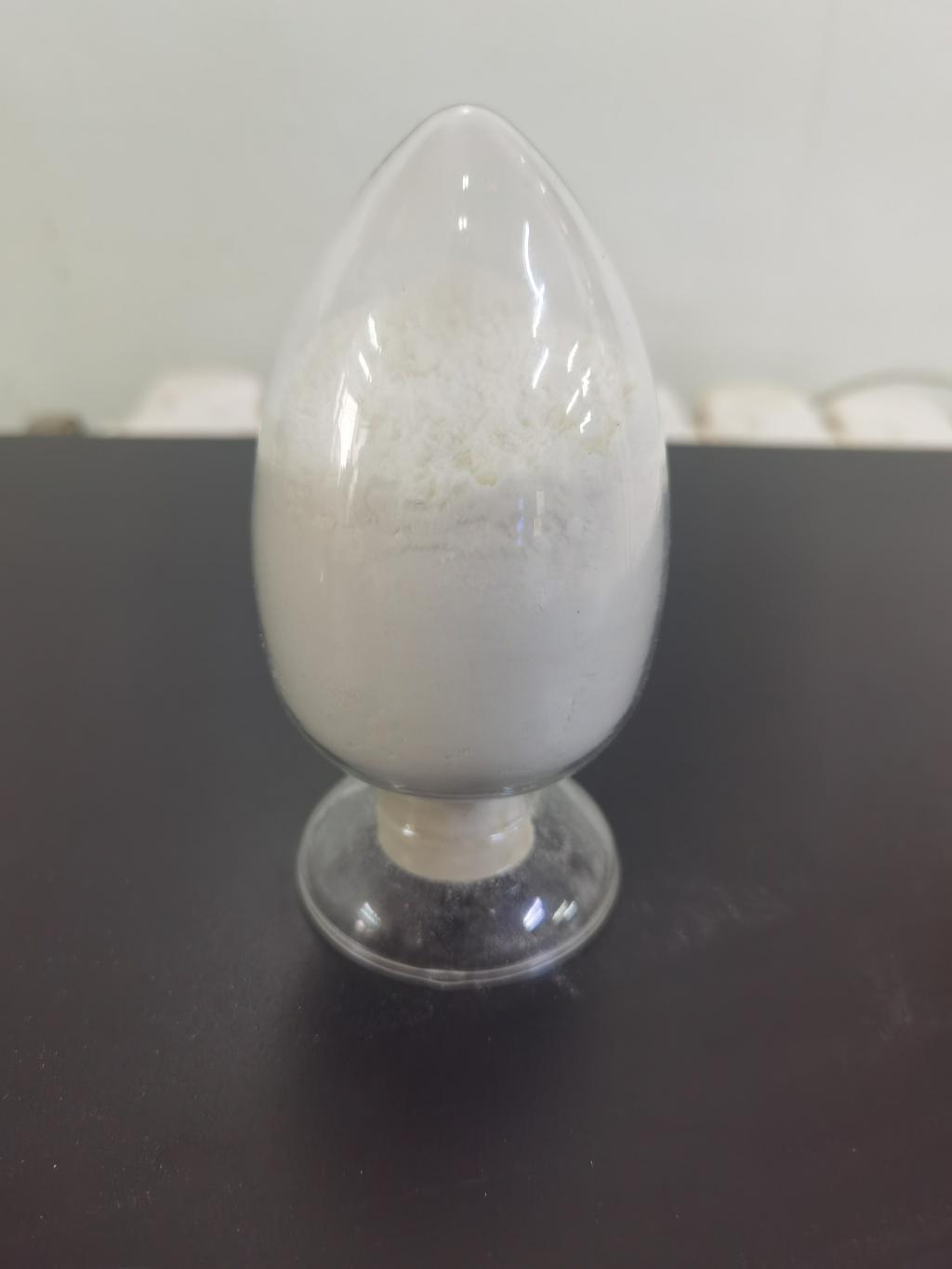Tel:+8618231198596

News
 CONTACT
CONTACT
 CONTACT
CONTACT
- Linkman:Linda Yao
- Tel: +8618231198596
- Email:linda.yao@dcpharma.cn
- Linkman:CHARLES.WANG
- Department:Overseas
- Tel: 0086 0311-85537378 0086 0311-85539701
News
ε-Polylysine Hydrochloride: Revolutionizing Food Safety Standards.
TIME:2024-05-27
Understanding ε-Polylysine Hydrochloride:
ε-Polylysine Hydrochloride (ε-PL) is a natural antimicrobial compound derived from fermentation processes, particularly from strains of Streptomyces albulus. It is a cationic polymer composed of multiple lysine residues linked by peptide bonds. ε-PL exhibits potent antimicrobial activity against a broad spectrum of bacteria, fungi, and some viruses, making it a versatile and effective antimicrobial agent for food safety applications.
Mechanism of Action:
The antimicrobial action of ε-PL is multifaceted and involves disrupting microbial cell membranes and interfering with essential cellular processes. ε-PL interacts with the negatively charged components of bacterial cell membranes, such as lipopolysaccharides and teichoic acids, leading to membrane destabilization and permeabilization. This disruption causes leakage of cellular contents, loss of membrane integrity, and eventual bacterial cell death. Importantly, ε-PL's mechanism of action is different from that of conventional antibiotics, reducing the likelihood of bacterial resistance development.
Applications in Food Production and Processing:
ε-Polylysine Hydrochloride finds widespread applications across the food supply chain, from primary production to processing and distribution. In agriculture, ε-PL can be used as a natural antimicrobial agent in animal feed or water supplements to control bacterial pathogens in livestock and poultry, thereby reducing the risk of contamination in meat and dairy products. In food processing facilities, ε-PL-based sanitizers and disinfectants can be used to decontaminate equipment, surfaces, and food contact materials, minimizing microbial contamination and ensuring product safety.
Food Preservation and Shelf Life Extension:
One of the key benefits of ε-PL is its ability to extend the shelf life of food products by inhibiting the growth of spoilage microorganisms and foodborne pathogens. ε-PL can be incorporated into a variety of food products, including meats, seafood, dairy products, beverages, and baked goods, to prevent microbial spoilage and maintain freshness. Additionally, ε-PL-based coatings and films can be applied to fresh produce to inhibit microbial growth and reduce post-harvest losses during storage and transportation.
Regulatory Considerations and Safety:
ε-Polylysine Hydrochloride has been extensively studied for its safety profile and toxicological properties. It is generally recognized as safe (GRAS) for use in food and has been approved as a food additive by regulatory agencies such as the U.S. Food and Drug Administration (FDA) and the European Food Safety Authority (EFSA). However, adherence to regulatory guidelines and proper dosing practices are essential to ensure the safe and responsible use of ε-PL in food production and processing.
Future Directions and Industry Implications:
As consumer demand for safe and sustainable food continues to rise, the adoption of ε-Polylysine Hydrochloride is expected to increase across the food industry. Innovations in ε-PL formulations, delivery systems, and application methods will further enhance its efficacy and versatility in addressing food safety challenges. Moreover, collaborative efforts between researchers, industry stakeholders, and regulatory agencies are essential to advance ε-PL's role in revolutionizing food safety standards and promoting public health.
Conclusion:
ε-Polylysine Hydrochloride represents a groundbreaking advancement in food safety technology, offering effective protection against microbial contamination and foodborne pathogens across the food supply chain. Its broad-spectrum antimicrobial activity, safety profile, and regulatory approval make it a valuable tool for ensuring the safety and quality of food products. By integrating ε-PL into food production and processing practices, the food industry can enhance consumer confidence, reduce foodborne illness risks, and contribute to a more sustainable and resilient food system. With continued research and innovation, ε-Polylysine Hydrochloride is poised to revolutionize food safety standards and shape the future of food production and consumption.
- Tel:+8618231198596
- Whatsapp:18231198596
- Chat With Skype







